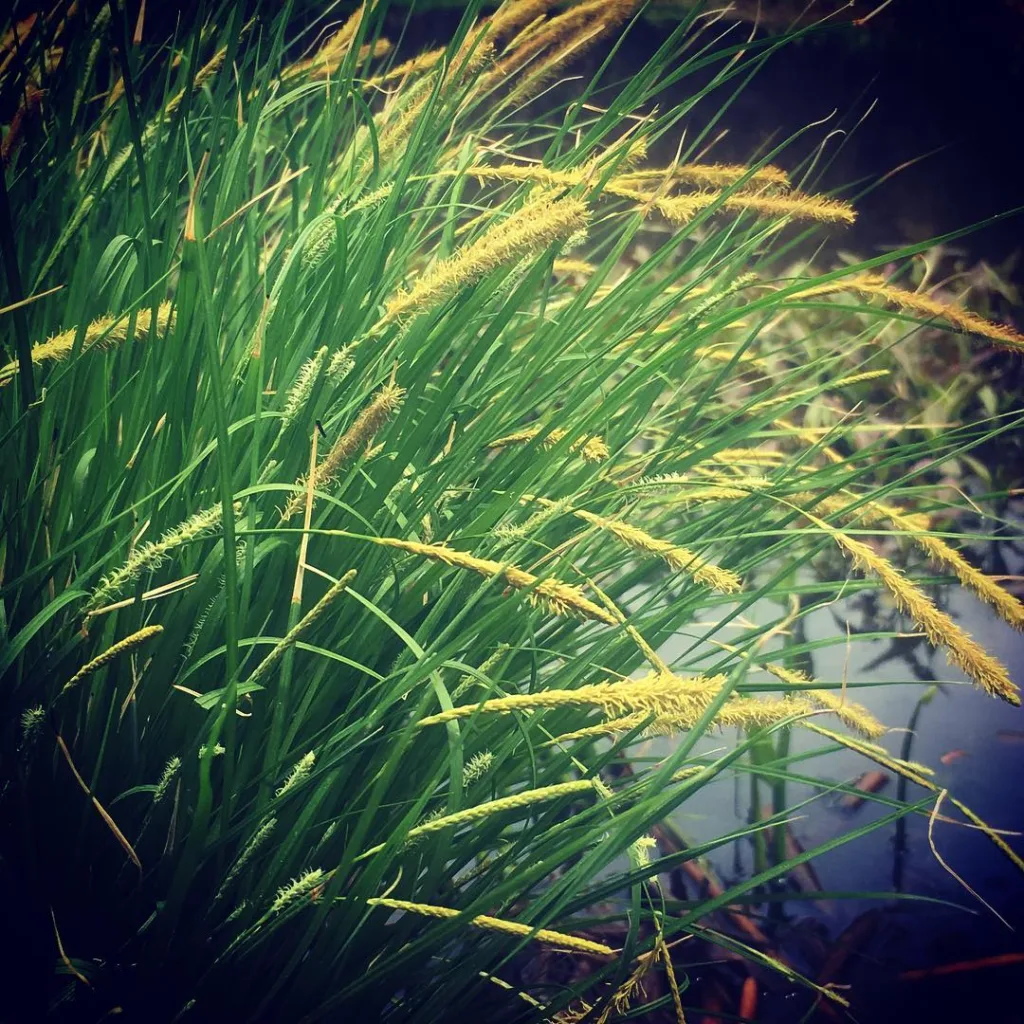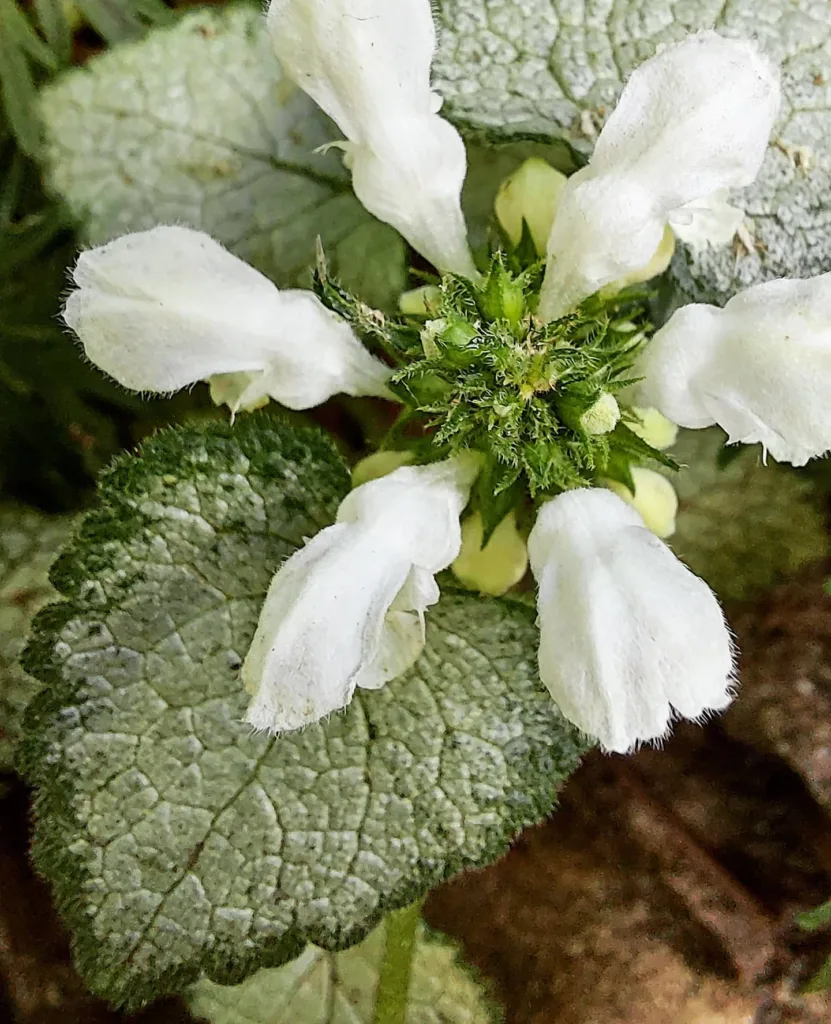FAQs About Aglaonema Spilt Milk
As a passionate plant enthusiast, I’ve had the pleasure of growing and caring for many indoor plants, and Aglaonema Spilt Milk has become one of my favorites. Its striking appearance and ease of care make it an excellent choice for both novice and experienced gardeners. In this article, I’ll address some frequently asked questions about Aglaonema Spilt Milk, covering everything from basic care to propagation.
26 Species in Genus Aglaonema
What Is Aglaonema Spilt Milk?
Aglaonema Spilt Milk is a unique variety of the Aglaonema genus, known for its distinctive foliage. The plant features large, oval leaves with a creamy white and green marbled pattern, resembling spilled milk. This captivating appearance makes it a popular choice for indoor decor. Native to the tropical regions of Southeast Asia, it thrives in low-light conditions, making it perfect for home and office environments.
How to Care for Aglaonema Spilt Milk?
Caring for Aglaonema Spilt Milk is relatively straightforward. Here are some key tips to keep your plant healthy and thriving:
1. Light Requirements: Aglaonema Spilt Milk prefers low to medium indirect light. Direct sunlight can scorch its leaves, while too little light can slow its growth. A spot with filtered light or in a room with bright, indirect light is ideal.
2. Watering: Watering should be done when the top inch of soil feels dry. Overwatering can lead to root rot, so it’s crucial to ensure the pot has good drainage. I usually water my plant once a week, but this can vary depending on the humidity and temperature of your home.
3. Temperature and Humidity: This plant prefers temperatures between 65°F and 80°F (18°C to 27°C). It’s also quite adaptable to varying humidity levels, but it thrives in higher humidity. If your home is dry, consider using a humidifier or placing a tray of water near the plant to boost humidity.
4. Soil: A well-draining potting mix is essential. I use a mix of standard potting soil with added perlite or coarse sand to ensure proper drainage. This helps prevent waterlogging and root issues.
5. Fertilizing: Feed your Aglaonema Spilt Milk with a balanced, water-soluble fertilizer every 4-6 weeks during the growing season (spring and summer). Reduce feeding during the fall and winter when the plant’s growth slows.
How to Propagate Aglaonema Spilt Milk?
Propagating Aglaonema Spilt Milk is a fun and rewarding process. Here’s how I’ve successfully propagated this plant:
1. Division: The easiest method is to divide the plant during repotting. Gently separate the root ball into smaller sections, each with at least one stem and a few roots. Repot the divisions into new containers with fresh potting mix.
2. Cuttings: You can also propagate through stem cuttings. Take a cutting with at least two nodes and remove the lower leaves. Dip the cut end in rooting hormone and place it in a pot with a mix of perlite and peat moss. Keep the cutting in a warm, humid environment and mist it regularly until roots develop.
What to Plant With Aglaonema Spilt Milk?
Aglaonema Spilt Milk pairs well with other low-light indoor plants. Some good companions include:
1. Spider Plant (Chlorophytum comosum): Its arching leaves and easy care complement the Aglaonema’s look.
2. Pothos (Epipremnum aureum): The trailing vines of Pothos add a nice contrast to the Aglaonema’s upright form.
3. ZZ Plant (Zamioculcas zamiifolia): The ZZ Plant’s glossy, dark green leaves provide a nice visual balance.
Common Problems and Solutions
1. Yellowing Leaves: This can be a sign of overwatering or poor drainage. Ensure the soil dries out between waterings and check that the pot has proper drainage.
2. Brown Leaf Tips: Brown tips often indicate low humidity or inconsistent watering. Increase humidity around the plant and maintain a regular watering schedule.
3. Pests: Aglaonema Spilt Milk can occasionally attract pests like spider mites or mealybugs. Regularly inspect the plant and treat any infestations with insecticidal soap or neem oil.
How to Repot Aglaonema Spilt Milk?
Repotting should be done every 1-2 years or when the plant outgrows its pot. Choose a slightly larger pot and fresh potting mix. Gently remove the plant from its old pot, loosen the roots if they are bound, and place it in the new pot. Water thoroughly after repotting to help the plant settle in.
Final Thoughts
Aglaonema Spilt Milk is a beautiful and low-maintenance plant that can add a touch of elegance to any indoor space. By providing the right light, water, and care, you can enjoy its striking foliage for years to come. Whether you’re propagating, pairing it with other plants, or simply keeping it healthy, this plant is sure to be a highlight in your collection.
If i die, water my plants!



